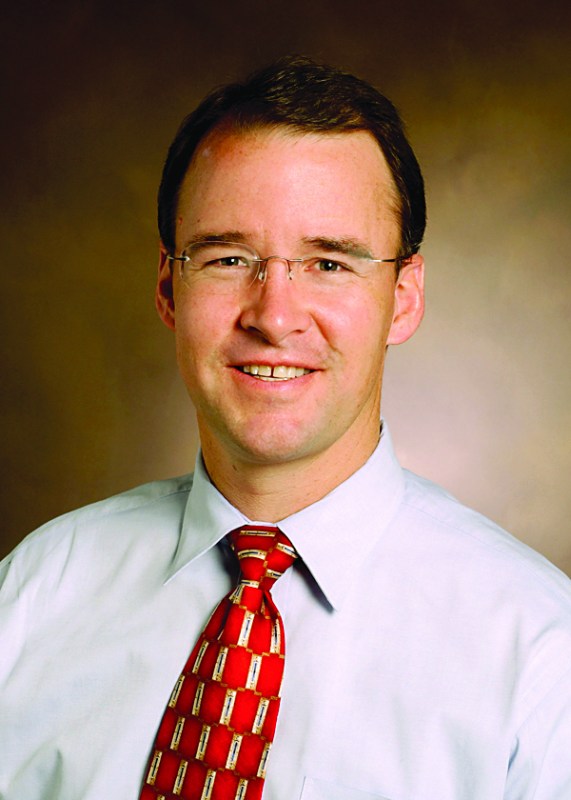ACL repair study gets 5-year renewal
A longitudinal study of patients who have had anterior cruciate ligament (ACL) reconstruction has yielded such promising data that it has been funded for an additional five years.

Kurt Spindler, M.D.
The Multicenter Orthopaedics Outcomes Network (MOON), originally funded by the National Institutes of Health in 2006, and now renewed for $3.75 million, is following nearly 2,500 patients at seven consortium sites around the country to identify predictors of successful reconstruction.
The study is led by Vanderbilt University Medical Center with Kurt Spindler, M.D., Kenneth D. Schermerhorn Professor and vice chairman of Orthopaedics & Rehabilitation, as principal investigator.
“We’re learning the risk factors that cause people to develop poor outcomes, such as premature arthritis, a ruptured graft or a repeat surgery for meniscus tears. We can develop predictive models that will tell people how they will do, and if we know they are going to do poorly, we will know why and can make changes and give better outcomes,” Spindler said.
Patients in the study are asked to complete a questionnaire evaluating their functional level, activity level and pain level at various intervals following surgery. MOON has an 85 percent follow-up rate at two years.
The extension will allow researchers to follow patients for 6-10 years and gather a longer history of outcomes data.
A small nested cohort is asked to return for in-person MRIs and functional exams for a special look into the early signs of osteoarthritis (OA). The study extension will expand this group from 150 to 400.
“An ACL tear and reconstruction is one of the best natural history models for OA. We know that 20-30 percent of them are going to develop OA within 10 years, and this may help us prevent premature OA by changing modifiable risk factors,” Spindler said.
Since it began in 2002, the study has already yielded surprising results that have changed orthopaedic practice. Researchers have found that ACL reconstructions are more likely to fail due to three factors – high activity, young age and using allograft, or cadaver tissue, to perform the ACL reconstruction.
“We no longer put cadaver tissues in high school and college patients,” Spindler said.
The study also showed that a patient’s body mass index (BMI) was a predictor of outcome and that results shown at two years are the same at six years.
Spindler hopes the end result of the study will be a computer-based algorithm in which patients can input the details on their knee as well as personal details like height, weight and fitness, to receive a prediction of how well they will do following surgery.
“I see this as a patient and physician education tool, and there will be may insights on what we can modify to achieve better function,” he said.













